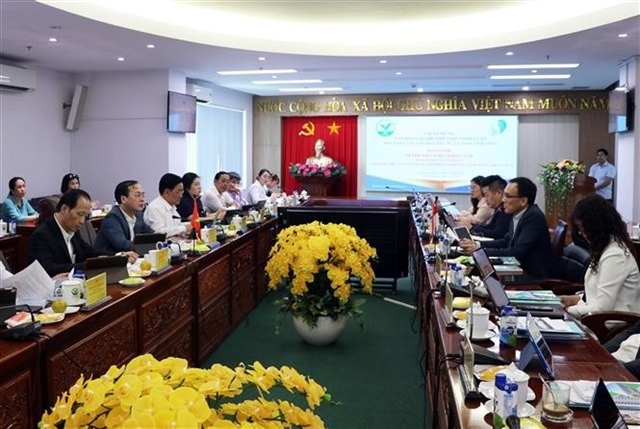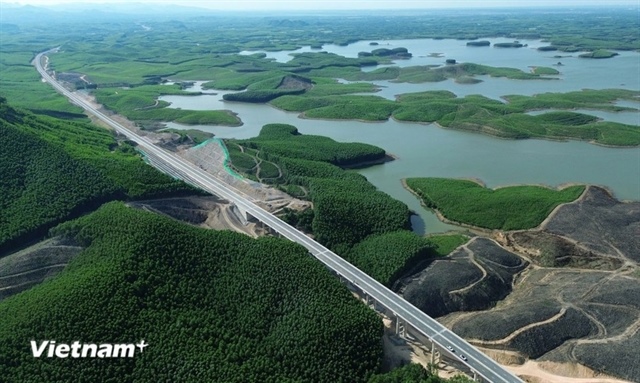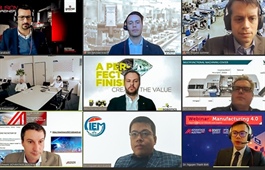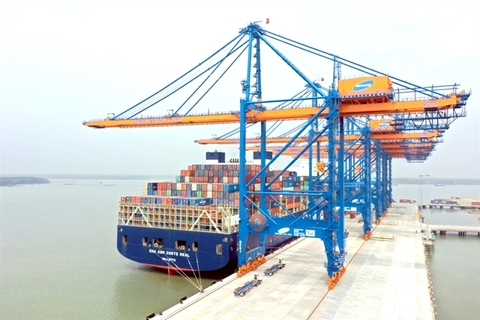Balancing out growth across power sources
Balancing out growth across power sources
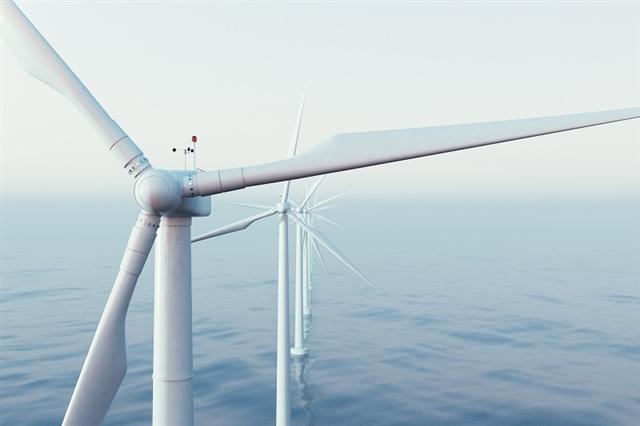
Balancing out growth across power sources
|
Last year was quite special in local power sector development. The coronavirus pandemic left sweeping impacts across the board, leading to a change in power consumption that only rose 3.4 per cent on-year.
The year, however, witnessed a boom in rooftop solar power generation projects with total production output reaching a record of 9,300 megawatt peak, pushing up the country’s total installed solar power production capacity to 19,400MWp, equivalent to 16,500MW or 25 per cent of the total installed capacity of the entire power system, according to Electricity of Vietnam.
Not as blazing as solar power, 2020 was a cool year for wind power with only three projects coming on stream with the total added capacity of 125MW, bringing the country’s total capacity to 472MW, equal to 59 per cent of what was set in the government’s approved planning (800MW in 2020) and 2.8 per cent of to the solar power plan.
That was a poor result given that Vietnam sits atop Southeast Asia in wind power potential, both mainland and offshore, and that the Vietnamese government introduced a policy to stimulate wind power development quite early on, with the maiden project plugged into the national grid back in 2009.
Why does this disparity exist? From a market view, solar power was initially regulated at 9.35 US cents per kWh through a feed-in tariff (FiT1) that was later softened to 7.09 cents per kWh (FiT2), and that of rooftop solar power also fetches 8.38 US cents, meanwhile the input material price (mainly battery price) saw continuous downfall beyond any expectations.
Along with this, the battery price in 2020 fell nearly 15-fold to approximately €0.22 (27 US cents) per watt-peak compared to 2010, when it reached nearly €3 ($3.64).
High profitability of solar power investment, easy deployment, and loosened state management has resulted in the uncontrolled development of solar power. Incidents also occurred at some projects, causing public distress.
As for wind power, in 2011 the government set the FiT1 rate at 7.8 US cents. It was later upwardly revised to 8.5 US cents which will expire by November 2021. Risky investment, lengthy implementation, and high equipment cost with slow price decrease are the key reasons behind still modest investment being poured into the wind power sector, albeit the targeted capacity in the approved planning was set at nearly 12,000MW.
Market movement is always the most accurate measure to all policies. In addition, the recent booming development of solar power has exposed some positive points. Firstly, it attests to the huge energy of Vietnamese enterprises. Once good policies are in place, we can mobilise about $10 billion for solar power.
Secondly, it attests to the tolerance of the national grid. Nobody believes the grid that is already stretched too thin can handle such a quick jump in renewable energy volume; capacity cuts therefore are inevitable to ensure safety for the whole system.
Stepping into the second decade of the century, for wind power to reach full swing in development aligned with the approved planning, and to avoid capacity cuts in relation to solar power development, the government is expected to extend the current FiT rate applied to wind power by at least one more year and connect the national power network with that in the region, the way it was done in Europe.
This will help raise the output market for solar power as well as increase flexibility in system moderation. The costs would be big, but doing so can prevent capacity cuts that would depress investor sentiment.
The contract-based policy in agriculture in the previous century has transformed Vietnam from a starving country into a leading rice exporter. This probably now sees a reflection in solar power growth – and so the thorny point continues to be how to fix transmission and distribution issues.



